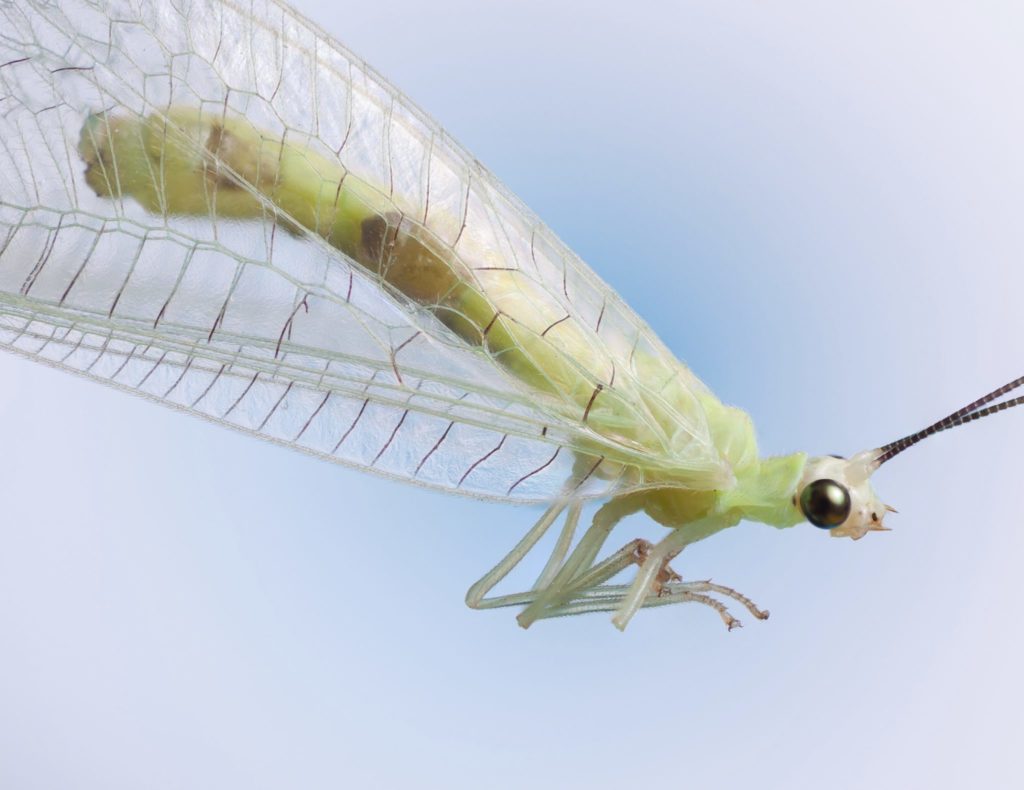Clint Thompson
Sometimes the best management strategy for a producer hoping to control an insect is to release its predator. That is a tactic commercially available to specialty crop growers, according to Ayanava Majumdar, an Alabama Extension entomologist.

Majumdar spoke about beneficial insects and how farmers can release them to control certain insect pests during a recent webinar. One of those beneficials is the green lacewing. They can prey on aphids, mites and whiteflies and prey on the eggs and small larvae of fruitworms, armyworms and loopers. One larva can feed on more than 11,000 mites.
“These lacewings are some of my favorite insects, just because they are very aggressive predators. In fact, they’re so aggressive that they’ll kill each other if they can’t find food,” Majumdar said. “If you want immediate control of, say aphids, in your high tunnel, you should get these larvae, and those larvae will go hunting as you release them.”
Producers should be aware that larvae can feed for one to three weeks. Majumdar stresses that they only be used as a preventative for low pest populations.
“If you find aphids and you want to use them, use them as soon as you can,” he said. “Don’t wait for the aphids to blow up on you when there are way too many. Then you will already have crop damage. Release them early.”
Feature keyphrase: Beneficial insects
Slugs: Alabama lacewing aphids beneficial insects
Category: Alabama









